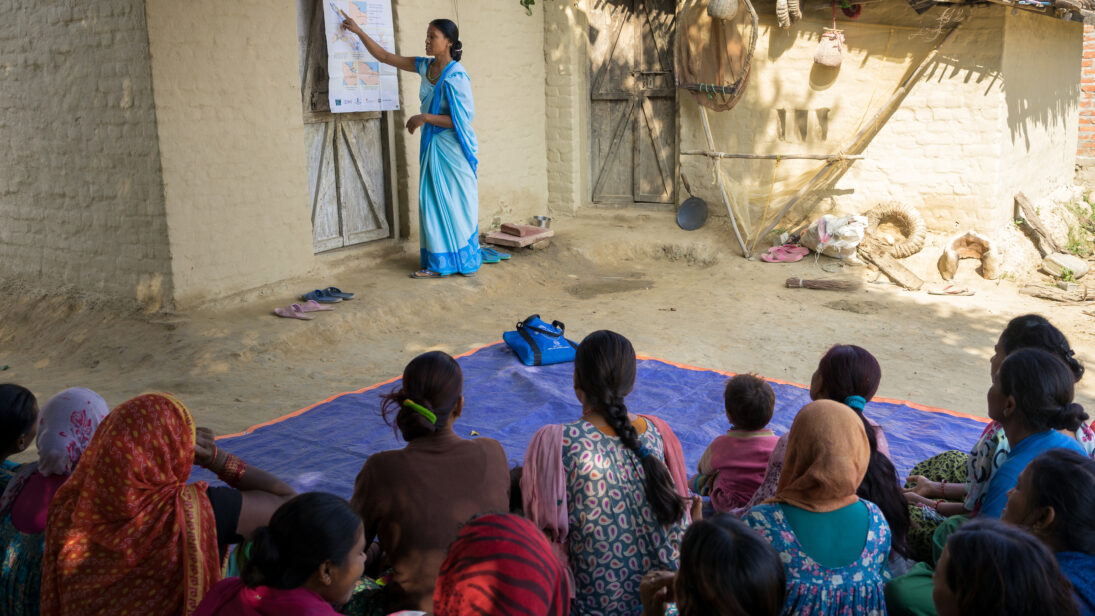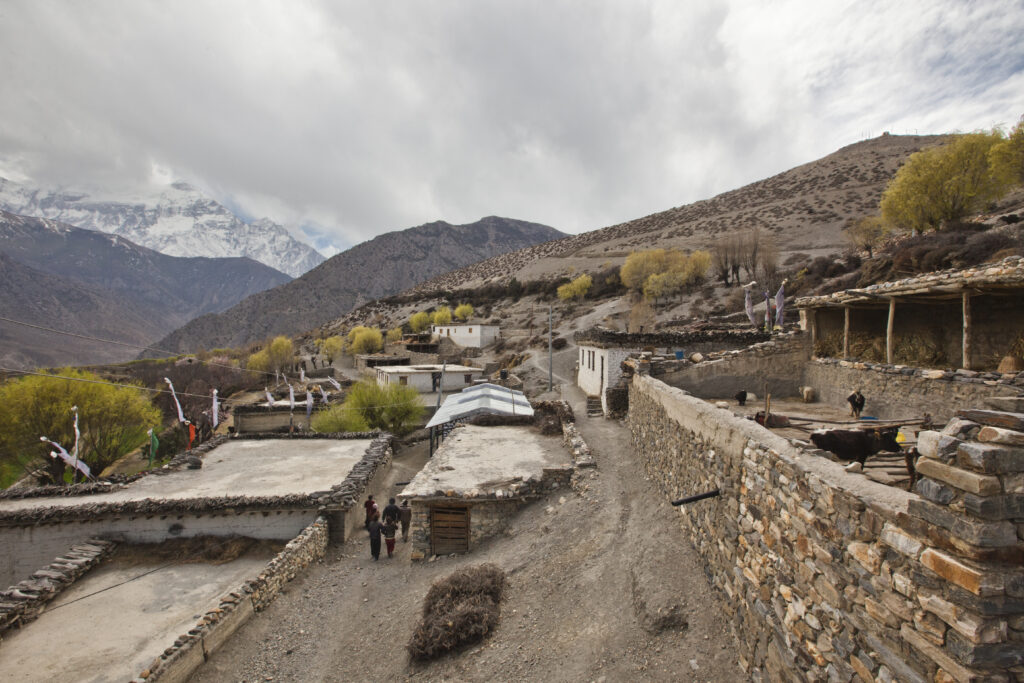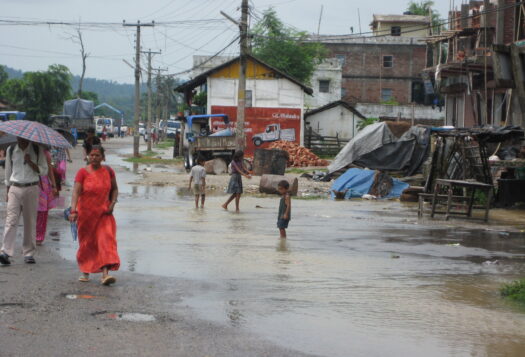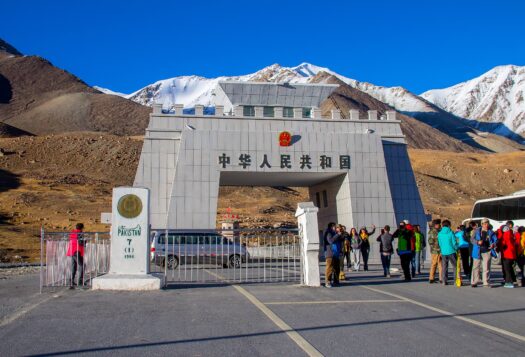
Nepal’s vulnerability to climate change manifests starkly in its toll on public health. Rising temperatures spawn more frequent and severe heat waves, endangering vulnerable demographics, particularly the elderly and those with pre-existing health conditions. Erratic weather disrupts agricultural cycles, imperiling food security and nutrition and heightening the risk of malnutrition and related illnesses. Moreover, the accelerated melting of Himalayan glaciers heightens the risk of glacial lake outburst floods and flash floods, not only claiming lives but also limiting access to healthcare, fostering disease outbreaks, and exacerbating health disparities, especially in remote mountainous regions.
Addressing this crisis requires effective responses that integrate public health into climate policy. In particular, Nepal should leverage the opportunities presented by its unique federal structure to tailor interventions to local contexts while ensuring equitable access and prioritizing the needs of marginalized communities.
Federalism, Climate, and Health Policy in Nepal
Climate change acts as a catalyst, magnifying existing health risks while seeding new challenges. From exacerbating air pollution to altering disease transmission patterns, its effects ripple through every facet of public health. Furthermore, climate change intertwines with social determinants of health, deepening inequalities and disproportionately impacting marginalized populations. In Nepal, as elsewhere, the burden falls heaviest on the shoulders of the most vulnerable, exacerbating cycles of poverty and ill-health.
Nepal should leverage the opportunities presented by its unique federal structure to tailor interventions to local contexts while ensuring equitable access and prioritizing the needs of marginalized communities.
Nepal has made significant progress in formulating climate change adaptation in tandem with health policies. The 2019 National Health Policy emphasizes principles such as free basic healthcare services for all and healthcare system reforms through multi-sectoral partnerships. The National Adaptation Program of Action (NAPA) identifies priority areas for climate adaptation, including enhancing health infrastructure resilience and disaster preparedness. Additionally, the Nepal Health Sector Strategy 2015-2020 integrates climate change considerations into health planning and service delivery, focusing on community-based approaches such as encouraging community participation in identifying and addressing climate-related health challenges and early warning systems for climate-related health risks. Nepal’s Health-National Adaptation Plan (Health-NAP), incorporated within the National Health Sector Strategy, also acknowledges the climate-related burden of disease and its impacts on health system capacities.
However, there are gaps and challenges in the existing policies, with a key challenge being Nepal’s transition to federalism and implementation of a new constitution in 2015, marked by the devolution of power to provincial and local governments. This shift was championed by activists advocating for the involvement of marginalized communities in a nation marked by limited government representation of its diverse population. Following the decentralization process, local governments have assumed greater responsibilities, leading to strains on local health systems.
In Nepal, climate and health policies were developed and implemented at the national level before the transition to federalism. This centralized approach allowed for a more unified response to climate-related health risks, with resources allocated according to national priorities and guidelines. While the shift to a federal structure aimed to promote local responsiveness and tailored solutions, it also introduced challenges in resource allocation and integration with health budgets.
Local governments experience several capacity and experience gaps, resulting in insufficient prioritization of climate change responses in local plans, for example, there is lack of coordination between government agencies and stakeholders involved in climate change mitigation and adaptation efforts. Due to limited resources, local governments tend to prioritize basic health services such as routine vaccinations, maternal and child health care etc, over climate-related ones. There is also a lack of robust monitoring and evaluation mechanisms to assess the effectiveness of climate change and health policies at the provincial and local levels.
A capacity gaps assessment by the Ministry of Forests and Environment in 2020 revealed a lack of integration of climate change into Nepal’s national-level adaptation plans. Therefore, while local governments play a critical role in implementing policies and interventions at the community level, addressing complex issues such as the intersection of climate change and public health requires a multi-level governance approach with local and national actors.

Policy Recommendations
While each level of government – federal, provincial, and local – has its unique set of roles and responsibilities in implementing climate change policy, the lack of communication between each level is a challenge for implementation. Hence, fostering bi-directional communication among all levels of government is crucial for effective localization efforts. This exchange of information can also serve as a platform for jointly acquiring technical knowledge. Ultimately, it will recognize the co-existence of governments at all levels and other non-state actors, such as external development partners and private organizations, thereby strengthening their collective ownership of the localization process.
Relevant healthcare authorities at federal, provincial, and local levels should conduct a thorough review of the current healthcare systems’ readiness for climate impacts. This review should assess the systems’ capacity to adapt to changing climatic conditions and identify areas for improvement. Additionally, they should undertake health technology assessments to evaluate the potential benefits of adopting climate-resilient measures within the health sector.
By investing in climate-proofing health infrastructure and technologies such as hospitals and medical equipment, Nepal can ensure the resilience of its healthcare systems to climate variability and extremes. The Ministry of Health and Population can provide technical assistance and guidance to provinces and municipalities in implementing climate-resilient measures in healthcare facilities, while subnational governments can identify priority areas for climate-proofing health infrastructure based on local climate risks and vulnerabilities.
By investing in climate-proofing health infrastructure and technologies such as hospitals and medical equipment, Nepal can ensure the resilience of its healthcare systems to climate variability and extremes.
Increasing financing to cover climate-related health risks is also essential for effectively addressing the health impacts of climate change. The Ministry of Finance can allocate a portion of national health funding to address climate-related health risks while ensuring transparency for distributing funds to provinces. Data from FY 2022/23, showed that six percent of the total budget directly benefits climate. Furthermore, strengthening health information and surveillance systems, such as early warning systems that integrate diseases, is crucial. Developing an intersectoral platform to monitor climate-related health risks will facilitate coordinated action across different Ministries such as the Ministry of Health and Population, Ministry of Forestry and Environment, Ministry of Urban Development, Ministry of Energy, Water Resources and Irrigation and National Planning Commission.
Lastly, supporting efforts to promote climate awareness and integrating climate change into education is essential for building a resilient society. The Ministry of Education can integrate climate change education into the national curriculum and support awareness-raising initiatives. Provincial and local governments can implement climate education programs, engaging community leaders and stakeholders to foster a culture of climate consciousness at local and national levels.
In conclusion, Nepal’s vulnerability to climate change profoundly impacts public health, requiring urgent and comprehensive responses at all levels of governance. While significant strides have been made in policy formulation, challenges persist, particularly in the effective integration of climate considerations into local plans and the allocation of resources. Addressing these challenges necessitates enhanced communication and collaboration between federal, provincial, and local governments, alongside increased investment in climate-resilient health infrastructure and financing mechanisms. By prioritizing climate-awareness initiatives and education, Nepal can build a more resilient society capable of navigating the complex nexus between climate change and public health in the years to come.
Also Read: SAV Joint Series: Climate Diplomacy in South Asia
***
Image 1: Community Health Volunteer via Flickr
Image 2: Nepalese Township via Flickr


